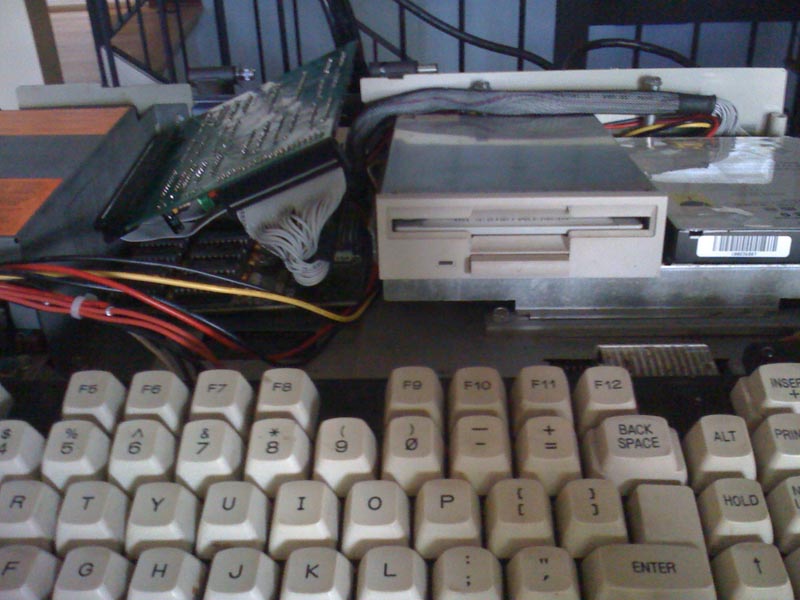hargle
Veteran Member
I think we're good on the size of the card, unless there are any other tandy variants that are even more space restrained than this HX is. (anyone know?)
It appears there is plenty of space horizontally, so a shorter but longer card would work. It also looks like just moving all the ICs down 1/4" and then shaving off 1/4" off the top would also work, but again, I don't think any of this is going to be required. It'll be tight, but I'll be able to do it.
I am hoping to be able to do a little dremel action tonight on mine and I will report back if mine fits in the space. I think it will.
Is that unreasonable that purchasers of the xtide may require physical mods to their machines to get it to work?
It appears there is plenty of space horizontally, so a shorter but longer card would work. It also looks like just moving all the ICs down 1/4" and then shaving off 1/4" off the top would also work, but again, I don't think any of this is going to be required. It'll be tight, but I'll be able to do it.
I am hoping to be able to do a little dremel action tonight on mine and I will report back if mine fits in the space. I think it will.
Is that unreasonable that purchasers of the xtide may require physical mods to their machines to get it to work?

